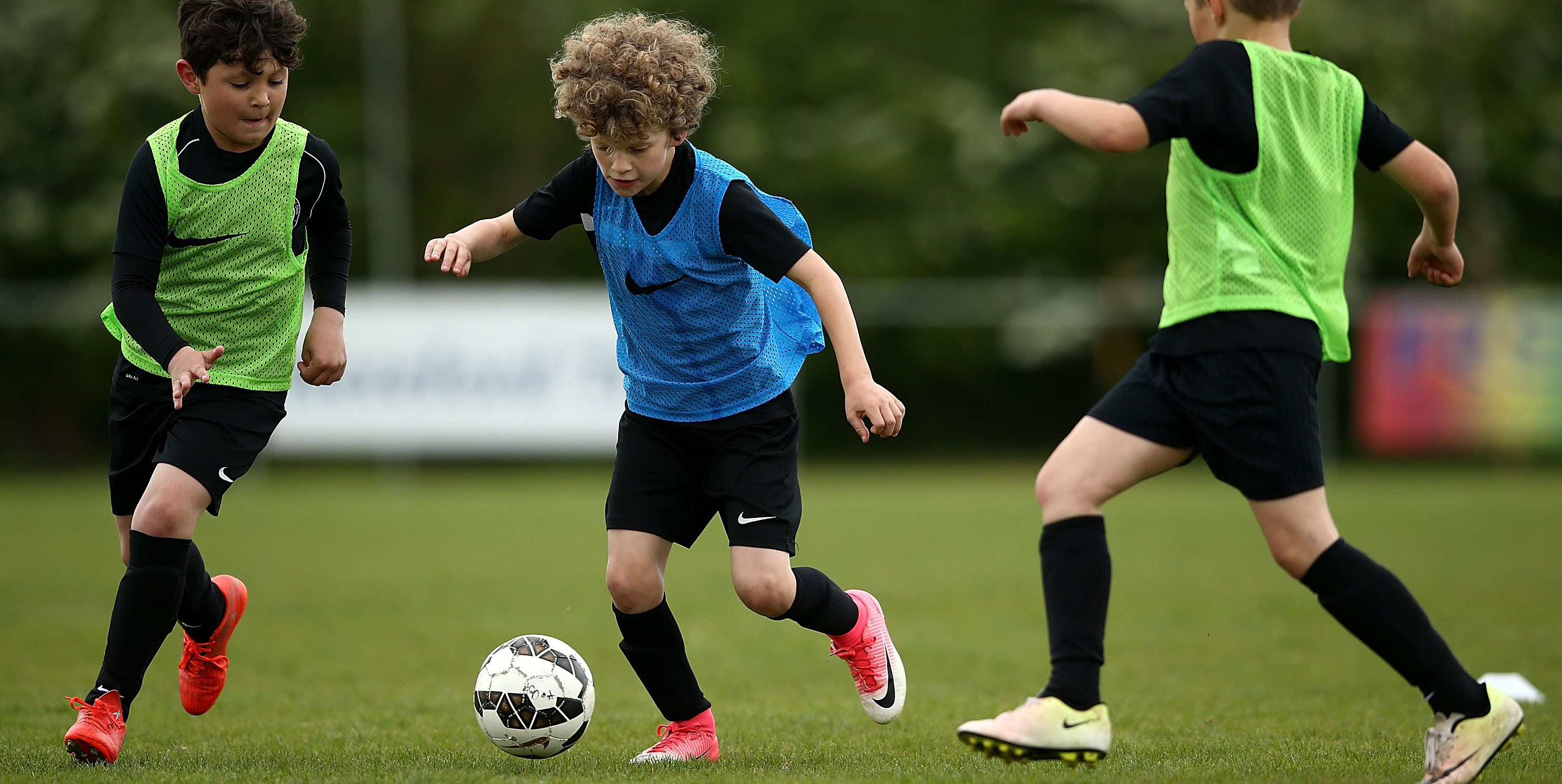
How coaches can learn from computer game design
- Amy Price
- 31 October 2016
Amy Price, PE lecturer and UEFA A Licence holder, looks at what coaches can learn from studying effective video game design.
Since the launch of FIFA 17, it has been hard to ignore the hugely popular video game.
After one recent training session I was delighted to discover that the group of players I work with all played FIFA 17 - as well as other video games - most evenings and weekends.
Listening to the players talk about the latest release, I gained an insight into why they invest so much time into playing video games. They spoke of enjoying the test of getting to the next level and the challenge of going as far as they could in the game.
For others, the most enjoyable aspect of gaming occurred when they were rewarded with a ‘super power’ or ‘power up’ that allowed them to perform better.
What struck me when listening to the players talk about playing video games was that they didn’t separate learning from enjoyment - instead they were referred to at the same time.
As a youth football coach, one of the main aims is to help players to enjoy learning the real game of football. Which got me thinking: how do we use principles from video-game design to inform how we coach football?
Coach as a designer
Seeking to understand more about how to think like a video game designer I came across the work of James Gee, a professor who studies how video games can be used to shape school teaching.
Interestingly, from the way Gee describes video game design there are clear links with the England DNA Coaching Fundamentals and the importance of developing practices that enable players to make lots of decisions.
Effective video game design and good football practice design were similar: both created possibilities for players to make decisions and take action in order to solve game-related problems.
For my next training session, I aimed to provide the players with a video game experience on the football pitch, using one of Gee’s design features for learning – manipulation. This is defined as earning a special tool (otherwise known as a super power), which players manipulate in order to become more effective in the game.
In order to help me understand the meaning of manipulation as a design feature in practice design for football, I considered its use in the classic game Super Mario Kart.
The go-kart racing series involves players choosing from Mario and his friends to compete and battle across multiple race tracks to win the racing cup. And although designed in the 1990’s, Gee’s design features still apply.
Manipulation in Super Mario Kart: players seek to earn super powers - such as bananas - by driving through ‘item boxes’. The bananas can then be strategically dropped for other drivers to skid on. The players decide how best to use this super power.
Manipulation for practice design in football: award players with a super power for trying or achieving certain skills in a game. For example: in a practice where players are locked into zones one team might earn invincibility for 60 seconds, resulting in players becoming ‘unlocked’ and to move across zones.
The super power affords an overload situation that encourages quick-play passing possibilities. Similarly, out of possession, the defending team are required to recognise new possibilities to defend within an underload situation.
Opening up new possibilities in the game
Other super powers could include: opposition slowed (other team play with a ball in their hands for 30 seconds) or speed up (at any time, team can freeze opponents for six seconds), opening up new possibilities in the game.
By using super powers as a feature in practice design, players have a chance to see a different set of stimuli in the game.
By including short bursts of super powers in practice design, the players are challenged to develop their decision-making and work out how to earn and use their super powers effectively.
Using super powers in practice design with players has proved positive for both learning and enjoyment. By experimenting with this feature of practice design I learned that super powers can be applied to almost any football practice, and can be used to challenge teams, units and individuals.
In fact, the players recently came up with an idea of the free-shot where the next shot cannot be blocked, not even by the goalkeeper.
Take-home messages:
- Football coaches should consider themselves as designers of learning.
- Have clarity around how players can earn a super power.
- Plan how the super power opens up new ways of experiencing different aspects of the game.
- Focus on player decision making: when, how and why players use the super power.
Amy Price is a lecturer in physical and sport education at St Mary’s University in London


